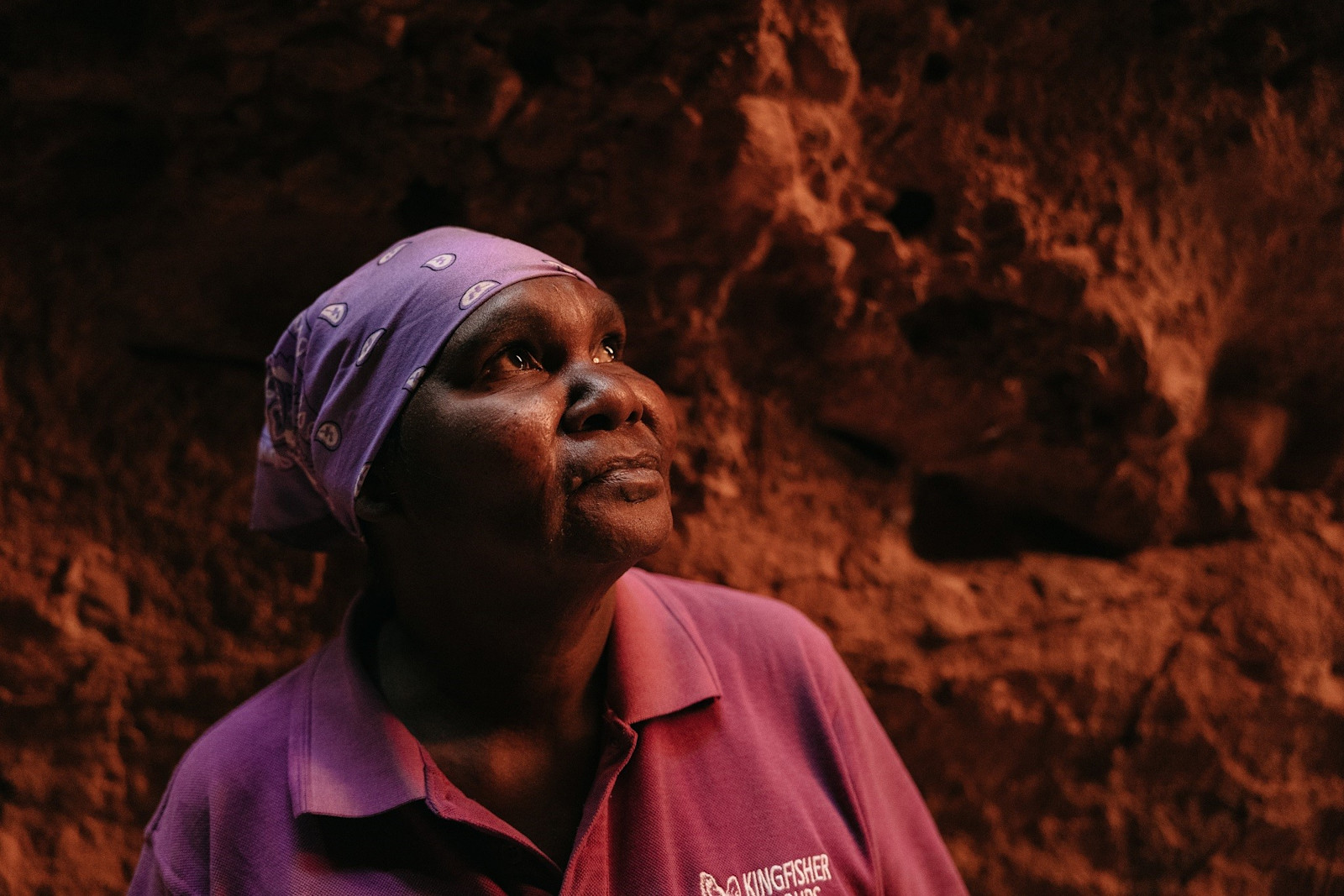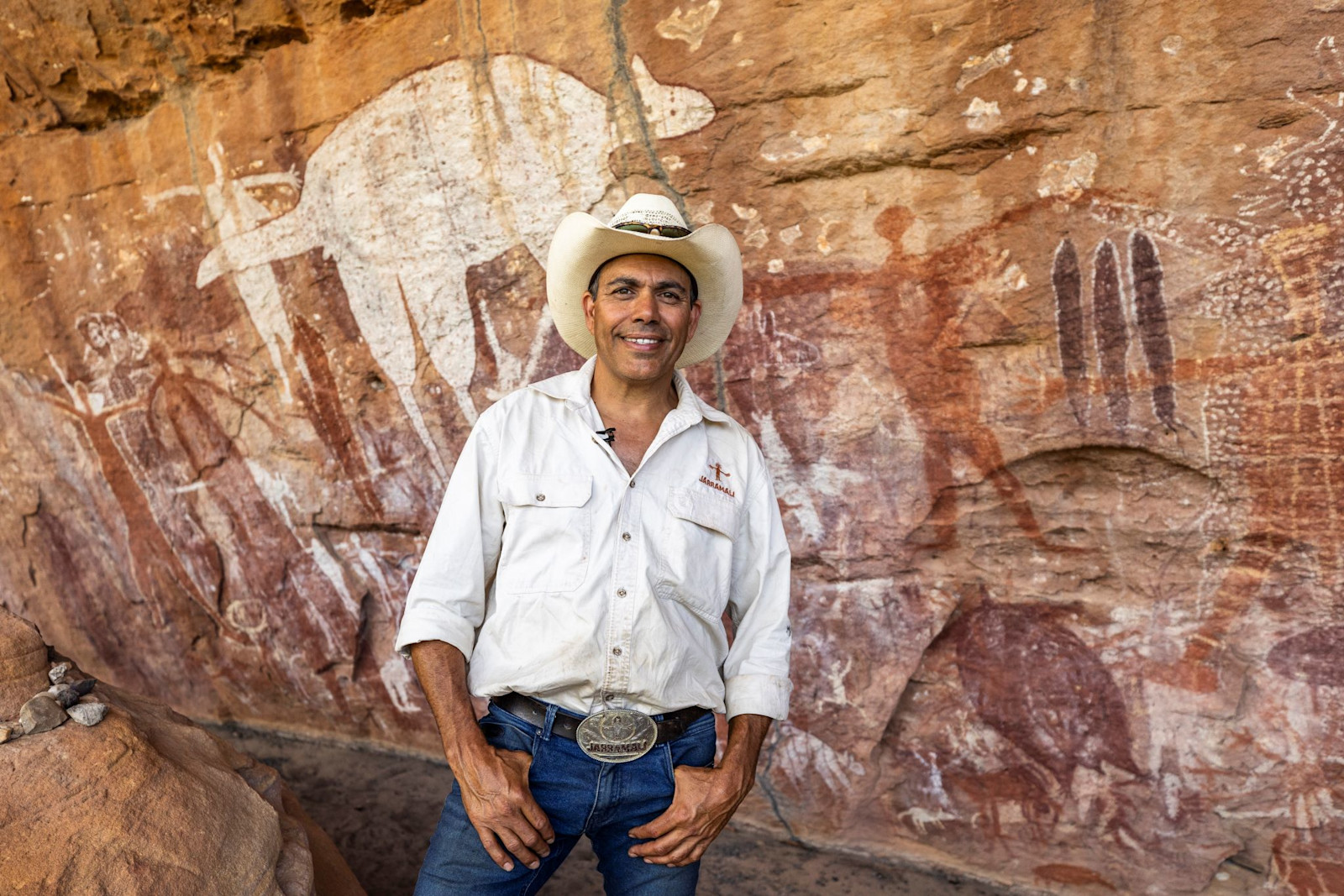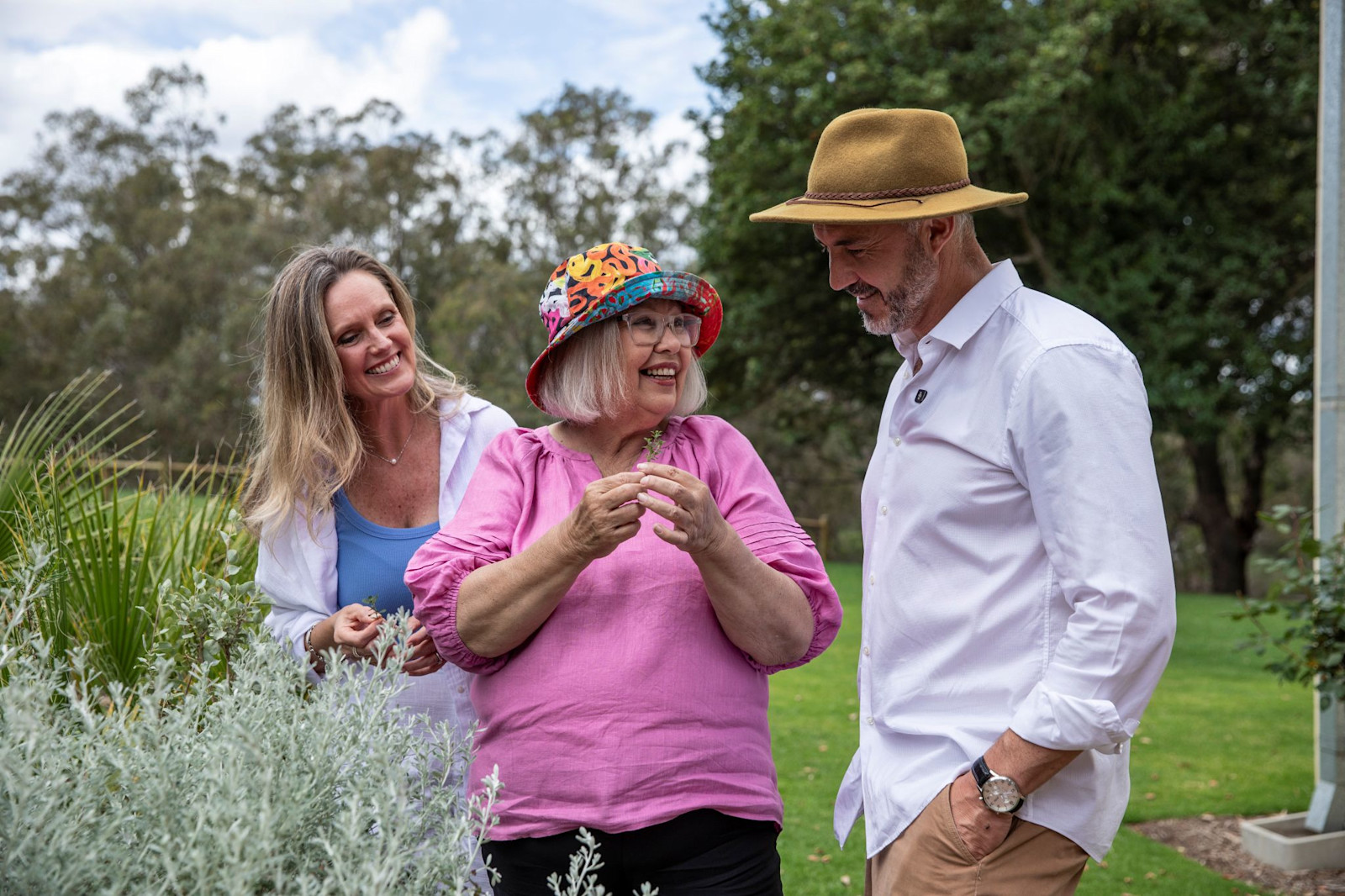Why is there an Aboriginal Flag on top of the Sydney Harbour Bridge?
The Sydney Harbour Bridge, opened in 1932, links both shores and symbolizes progress—just like the two flags atop it: the Australian flag and the Aboriginal flag.

An Indigenous guide from Burrawa Aboriginal Guide Experience at the top of the Sydney Harbour Bridge, Aboriginal Flag in background © BridgeClimb Sydney
What does the Aboriginal flag design represent?
Linking the northern and southern shores of Sydney Harbour in a single span, the Sydney Harbour Bridge was heralded as a symbol of Australian progress upon its 1932 opening. The same can be said for the two flags flying at its summit: the Australian flag and the Aboriginal flag.
Designed by Luritja (a Traditional Custodian in the Northern Territory) man Harold Thomas in 1970, the Aboriginal flag represents Aboriginal peoples’ connection to Country. The top half of the flag is black to symbolise Aboriginal people. The red in the lower half stands for the earth and the colour of ochre, which has ceremonial significance, and the circle of yellow in the centre of the flag represents the sun.
When was the Aboriginal flag installed on the Sydney Harbour Bridge?
The Aboriginal flag is a relatively new addition to the Sydney Harbour Bridge. For over 90 years, the Australian flag was flown beside the New South Wales state flag atop the iconic bridge. Over time, the state flag was temporarily replaced by the Aboriginal flag for 19 days a year: on Australia Day (26 January), Sorry Day (26 May), Reconciliation Week (May/June) and NAIDOC Week (July). This changed in 2022, when, following years of campaigning led by Kamilaroi woman Cheree Toka, the New South Wales Government announced the Aboriginal flag would fly permanently alongside the Australian flag on the bridge, with the state flag to be displayed in the city’s Macquarie Street East precinct redevelopment.

A group with an Indigenous guide from Burrawa Aboriginal Guide Experience at the top of the Sydney Harbour Bridge © Destination New South Wales
Why is it significant for the Aboriginal flag to be on the Sydney Harbour Bridge?
The Aboriginal flag is a powerful symbol of Australia’s rich and continuing Aboriginal story. Flying it atop Sydney’s foremost cultural icon is a similarly powerful acknowledgement of this enduring cultural legacy.
What better place to learn about this legacy than directly beneath this very flag? As you ascend the 1,332 steps to the summit of the Sydney Harbour Bridge on the Burrawa Aboriginal Climb Experience, your Indigenous storyteller guide will tell you that the bridge doesn’t only connect two city suburbs, but also the lands of the Gadigal and Cammeraygal peoples of the Eora Nation, the Traditional Owners of Sydney / Warrane. As you gaze out across the glittering harbour, you’ll hear how Aboriginal women fished from nawi (small bark canoes) in the magical waterscape unfurling below you, how the remains of shellfish feasts were repurposed to build the Sydney Opera House, and how Aboriginal warrior couple Bennelong and Barangaroo played influential roles in the early days of the British colony. The Aboriginal flag fluttering above you honours these stories.












